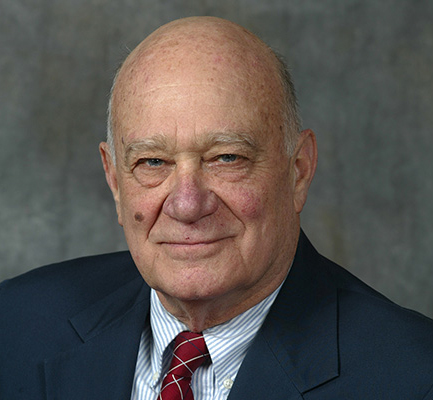Did you receive any mail today? Was it handwritten with a script address on the envelope? Perhaps it is not surprising that a movie had the title: “You’ve Got Mail.”
In our high-tech age of computers, of cell phones, email and texts, fewer people receive personal mail, especially younger people.
The significance of hand-written correspondence, however, precedes the establishment of all postal systems. In studying pre-Revolutionary America, I saw that letters were often carried to destinations (even traversing oceans) by private individuals who agreed to get them to the designated person.
This kind of correspondence was extended for decades and fostered epistolary joys as well as other bonds.
I was particularly struck by the epistolary skills of Benjamin Franklin. He often exchanged letters with folks he had never met. Franklin sought to exchange views on science and also build bonds of respect.
Two exceptional historians, Edmund Morgan and Walter Isaacson, describe Franklin’s skills in cultivating long-range epistolary bonds. Not only did this activity advance scientific thinking, but it established friendships, which Franklin expanded on his many trips to Europe.
Even before learning about Franklin’s endeavors, I was provided striking epistolary examples by one of the most extraordinary students ever to attend Hofstra, Patti Ann Alleva. She did her honors project with me on the relationship of John and Abigail Adams.
Because John was in Europe as a diplomat for the new nation (sometimes for several years), he and Abigail developed a remarkable exchange of letters.
Patti went through the original letters and revealed striking perspectives from these epistolary exchanges. Her 1975 honors essay was so outstanding that she became one of the very few undergraduates ever to make a presentation at the annual meeting of The American Historical Association in Atlanta, Ga.
Patti’s family and I accompanied her for this special occasion. Before turning to the substance of her analyses, I want to mention the attention Patti generated right down to 2021 – what a tribute to her creative work on slighted epistolary joys.
When she returned from Atlanta, star Newsday reporter Stan Isaacs asked if he could interview her (of course, the 1975 project was during the Revolutionary bicentennial). Stan Isaacs was surely one of the most acclaimed journalists in Long Island history. He said he would like to interview Patti alone without me present.
As a teenager, Patti was understandably nervous, but after the interview she made a comment that will resonate for anyone who knew Stan.
She said: “He’s a modern-day journalistic Columbo,” reflecting the actor Peter Falk’s gentle indirectness in speaking, as well as his acclaimed clothing –especially his raincoat! (Stan’s was a duplicate).
Patti felt she was treated gently. I then made use of her honors essay every time I taught my course about the Revolution.
Patti’s discussion contained such keen insights that it was also cited in 2021 by an international group of scholars, “The Zoomers,” who were studying civic virtues and relationships as they emerged from the Revolution, with an understandable focus on John and Abigail Adams The group cited Patti’s study.
As my draft of this column proceeded, I recognized that I would need to give several of the dramatic (often unknown stories) of epistolary joys in a second segment of my column (it was too hard to resist the launching of this project without consideration of Patti’s creativity; she recently retired as one of the most distinguished law professors in the nation).
For those achievements, and for her exemplary life, I recommended that Hofstra award her an honorary degree. Although Patti rarely comes East from North Dakota, we do sustain a delightful epistolary friendship.
In my next column, you can look forward to epistolary joys involving some of the most acclaimed Americans. Jefferson was a great letter writer, sustaining a correspondence for more than 30 years with Maria Cosway (he met her in France after his wife died). Many of his letters are passionate, including “Debate Between My heart and My Head” – worth waiting for if you never read it.
Jefferson also had close epistolary ties with his best friend, James Madison, much of that chronicled in Adrienne Koch’s book, “The great Collaboration.” Most folks have heard of the decade-long correspondence with John Adams after the hostility of the 1800 election).
Given column space word limits, I now conclude with two views from Patti about John and Abigail Adams: while men often regarded a spouse as unequal, John and Abigail always addressed each other as “Dear Friend.”
Deeply as she missed John, Abigail gave the perspicacious view to him: “My pen is freer than my tongue, and so I have been able to write things I could not say.” In column two We will explore how the epistolary exchanges fostered personal changes and social growth for both Abigail and John, as well as how epistolary joys festooned many other lives.



